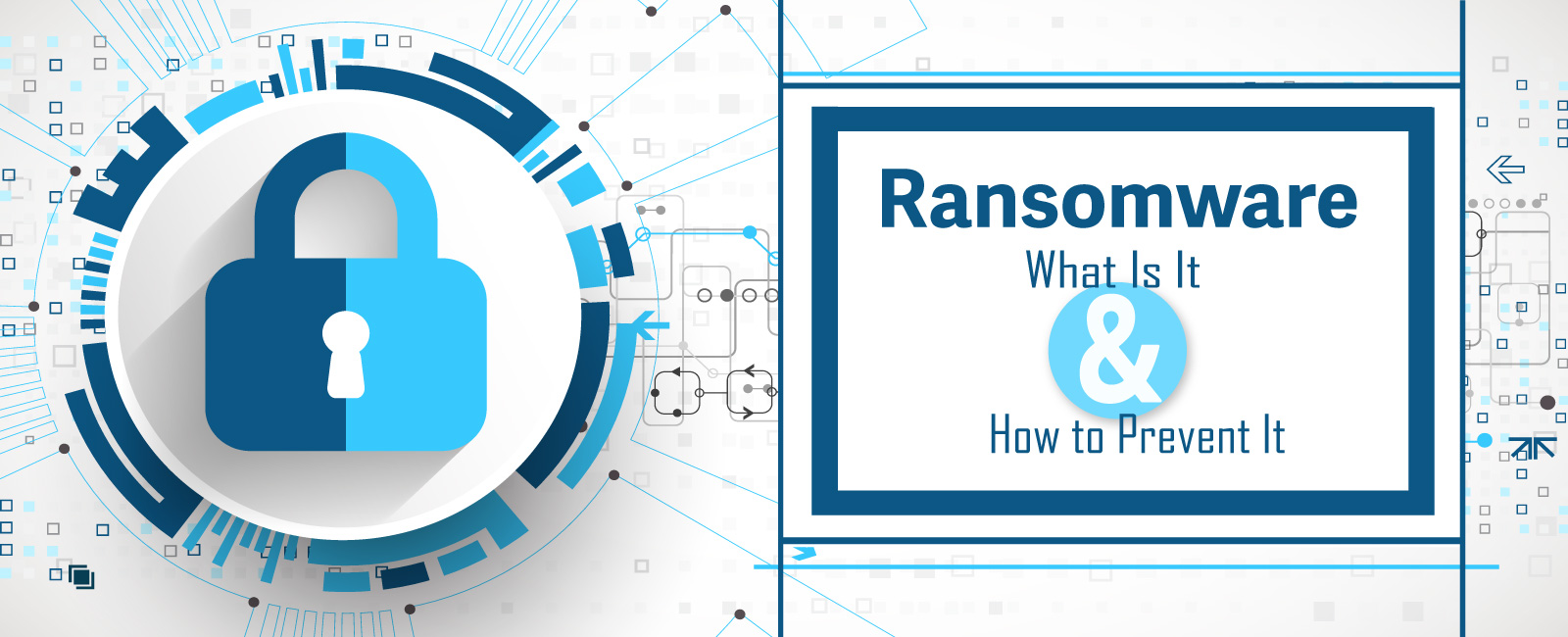Elder care is big business — and set to get even bigger as the industry shifts to accommodate aging baby boomers, who started turning 65 in 2011 and make up close to 25 percent of the United States population. With the country’s aging population comes a need to fine-tune and improve systems and services for elder care, especially among senior living environments and nursing homes, where approximately 3.3 million already live.
Allegations of nursing home neglect and abuse are cropping up everywhere, with lawsuits initiated by family members rising steadily — and nursing home litigation now a sizable source of revenue for law firms large and small. If you run a nursing home, assisted living home, or senior living environment, how can you protect your facility from the detrimental consequences a single lawsuit can bring?
This blog post is the first in a series about steps you can take now to understand and implement proper elder care protocols at your facility. We’ll look at processes and systems based on best practices in elder care management; explore ways to educate and prepare your staff; and share strategies to help you put in place the right health care risk management program.
In this first post, we’ll consider one of the biggest challenges today’s facilities face: the request for and release of medical records. Regulations surrounding the release of medical records are murky, and staff members, when not properly trained or tasked with other priorities, are prone to error. This puts your organization at risk of non-compliance with the Health Insurance Portability and Accountability Act of 1996 (HIPAA). Subsequently, it puts you at risk of claims and lawsuits.
How can you protect your facility? Here’s what you need to know to get started preparing your staff and safeguarding your facility from common oversights related to the release of medical records.
1) Keep a log
Maintaining a log of all medical records requests can help your staff stay on top of deadlines and deliverables. It’s also required by HIPAA, which stipulates that facilities provide a log dating back six years. What does your log need to track? Make sure it includes the date of request, the name of the person or organization making the request, the date your facility releases the records, and a list of what documents, precisely, you release.
2) Don’t overlook electronic records
Often, facilities release paper records but forget about electronic records. These are part of your residents’ medical records and need to be included, too. When they’re not included, it can look like your facility has something to hide.
3) Know the difference between medical and business records
At many facilities, medical and business records are kept in the same file. And when staff members receive a medical records request, they mistakenly photocopy and release everything.
Business documents are not ‘health information’ and are often protected under the quality assurance doctrine (QA), meaning you don’t have to hand them over when someone requests medical records. So train your staff members to know and recognize the difference: medical records pertain to a resident’s health and treatment, while business documents include things like incident reports, grievances, and your monthly/quarterly QA team review.
4) Understand your rights
When a family member shows up in person demanding records, staff members often feel pressure to provide copies on the spot. Realize, however, that each state has guidelines for the time frame that records should be released — utilize the time allotted. This will lower your risk of erroneously handing over more than you are legally bound to deliver, and give your team the time it needs to be deliberate in this important endeavor.
Also know that not every family member or friend can obtain copies of medical records. Whether a spouse, child, grandchild, or family friend, the requestor’s relationship to the resident and the legal documents in place (power of attorney, guardianship, executor of estate) influence who has the authority to receive records. Make sure the requestor has the legal standing before you hand over copies, and consult with an expert when you need help figuring that out.
5) Establish a review system
As in any line of work, you don’t want to release something important without a proper review process in place. In this case, you want to rope in your director of nursing (DON) or assistant director of nursing (ADON). These staff members are trained medical professionals and can flag missing pages, gaps, and problems.
Arrange for your DON or ADON to review the file before photocopies are made, and train him or her to understand what constitutes a medical record — and what doesn’t.
6) Charge for your services
You may not know that you can charge a fee to release medical records, but you can, not only for third-party requests (such as those made by attorneys) but also for requests made by family members.
Depending on where your facility is located, fees can vary because often the state will set a copy fee schedule, such as this one for Louisiana:
- Pages 1-25: $1/page
- Pages 26-500: $.50/page
- Pages 501 and over: $.25/page
- Plus handling: $7.50
- Plus actual postage and notary fees
If your state does not have a set fee schedule, then your facility should probably determine your own copy fees.
Also know that your facility administrator can waive or decrease the copy fee, depending on circumstances. As a rule of thumb, always receive payment before you release any records.
7) Take caution with subpoenas
Subpoenas can trigger an alarm response, but don’t let that happen. First, understand that if a resident or a resident’s family files suit against another party, the parties to the suit have a right to subpoena medical records. Double-check that the subpoena includes a court docket number — and that it’s not an attorney’s fishing expedition to build a case against your facility (this happens!). Also make sure the requester is a party to the suit. If the subpoena doesn’t enable you to determine this, then do some fact-finding of your own by calling the requester to learn more.
There’s more to understanding and staying on top of medical records releases than I can explain here. Use this information to get started, and stay tuned for other tips and strategies to help you train your staff and put the right protocols in place to protect your facility and lower your risk.
If you need additional guidance, PSA’s new Healthcare Risk Solutions Team can help. Reach out to me at FGiachini@psafinancial.com to learn how.




